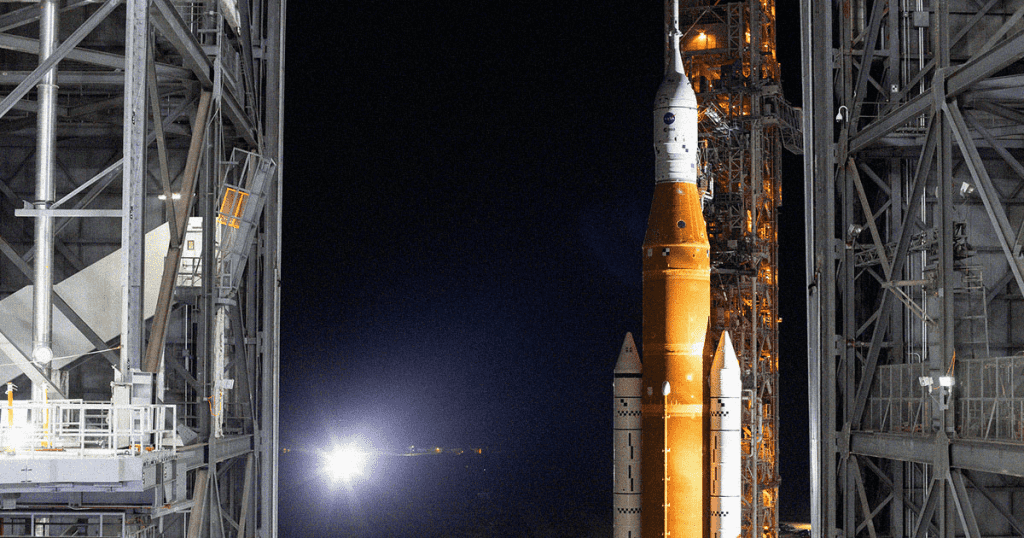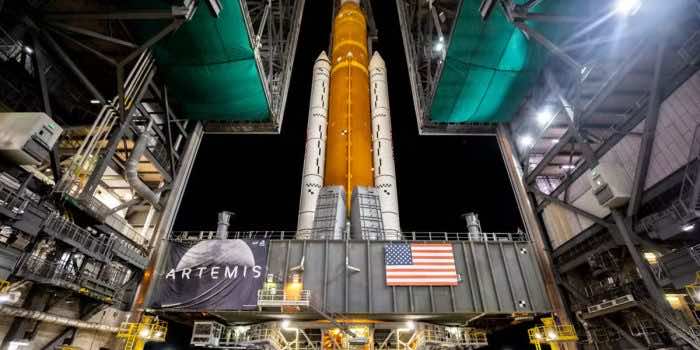Buckle up, folks, as the wait is finally over and the day has come! NASA’s lunar spacecraft is all set to launch for its Artemis I mission and will finally be heading to the moon on August 29, 2022. All the final touches have been given to the Orion spacecraft by the Artemis I technicians on Thursday, August 25, who then gave a green signal for the launch that is going to happen from the Space Launch System (SLS) mega rocket on the coming Monday. It should be noted that US Vice President Kamala Harris will also be present among the attendees during the launch on Monday and is also expected to address the members there regarding NASA’s space leadership capabilities.

While discussing the proceedings of the mission in a blog post, NASA stated, “The crew module hatch was closed at approximately 3:30 a.m. Thursday.” It should be kept in mind that the spacecraft will launch from NASA’s Kennedy Space Centre in Florida on Monday, and this is definitely going to be a remarkable day for all space enthusiasts. The aim behind Artemis I is to deploy astronauts to the moon by 2024, with Artemis II and Artemis III beginning by 2025. Through this, the technological capabilities of NASA will also be tested, which will ultimately prove useful in reaching humans to Mars in the coming decades.

NASA reported, “Meteorologists with the U.S. Space Force Space Launch Delta 45 currently predict a 70% chance of favorable weather conditions for launch on Aug. 29.” The agency further added that weather will be the main concern at the time of launch, i.e., at 8:33 a.m. EDT (1233GMT). On the other hand, the booster for this lunar spacecraft is known to be the most powerful booster ever built by NASA and has also passed certain important ground tests, the most important one being a 50-hour long “wet dress rehearsal” fuelling test that was conducted in June.

To that end, Artemis I is an uncrewed mission that is focused on orbiting around the moon for approximately 40 days. The primary concern behind the mission is to test the spacecraft’s resistivity against radiation, space weather, cold, temperature changes, gravitational effects, and a lot of other parameters. This is being done in order to adjust the spacecraft following human capabilities, as the upcoming Artemis missions will likely be crewed.


